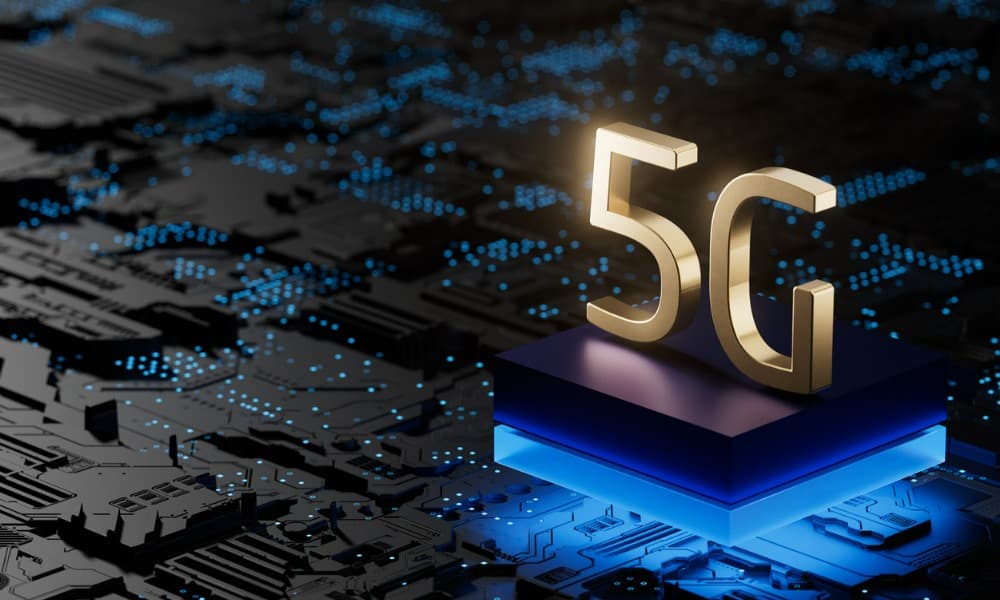Technology keeps on evolving, and so does the telecommunications sector. However, to stay ahead of the curve, companies must understand and leverage the latest trends in the industry. Here is a guide:
Key Takeaways:- The leading trends in the telecommunications industry include 5G communication, IoT, artificial intelligence, cloud computing, edge computing, and cybersecurity.
- 5G communication offers faster speeds, lower latency, and increased capacity, which can support new applications and services.
- IoT allows for greater connectivity and data collection, enabling telecom companies to offer new services and improve customer experiences.
- Artificial intelligence automates processes, improves network performance, and personalizes customer experiences.
- Edge computing can reduce latency and improve network efficiency by processing data closer to the source.
- Cloud computing can reduce costs, improve scalability, and enhance reliability and availability.
1. 5G technology
5G is the next-generation wireless communication technology. Unlike its predecessor, 4G, 5G provides faster download and upload speeds, greater capacity, and lower latency. Benefits include allowing users to access large files and videos in seconds without buffering with faster download and upload speeds. The greater capacity of 5G networks means that more devices can connect to the network simultaneously without any degradation in speed. 5G's lower latency is another benefit, allowing users to have a more seamless experience when using applications that require real-time connectivity, such as video conferencing, gaming, and autonomous vehicles.2. IoT advancements
IoT, or the Internet of Things, is one of the leading trends in the industry. IoT is a network of physical devices, vehicles, home appliances, and other items embedded with sensors, software, and connectivity to exchange data with other devices and systems. IoT allows for real-time monitoring and control of devices, leading to increased efficiency, cost savings, and improved performance. For example, telecom companies can use IoT to monitor network equipment, identify potential issues before they occur, and proactively perform maintenance to prevent downtime. IoT can improve customer experience by allowing companies to offer personalized services and solutions. This also allows them to tailor their services to meet the needs of individual customers. Examples of IoT in telecommunications and how they are transforming the industry include:- Smart homes: IoT-enabled home automation systems can be controlled remotely through a mobile device or web portal. Telecom companies are leveraging this trend in offering home automation services integrated with other solutions.
- Smart cities: IoT is being used to create smart cities to improve the quality of life. Telecom companies are working with city governments to develop smart city solutions that leverage IoT technology to simplify life.
- Connected cars: IoT is being used to create connected cars, which are connected to the internet and can communicate with other vehicles, infrastructure, and the cloud. Telecom companies are partnering with car manufacturers to create connected car solutions that give drivers real-time information on traffic, weather, and road conditions.
3. Artificial intelligence (AI)
AI is helping telecom companies to automate routine tasks, optimize network performance, and provide predictive maintenance. AI algorithms can analyze network data and predict potential issues before they occur, allowing telecom companies to take proactive measures and prevent downtime. AI also improves customer experience by providing personalized services, such as chatbots that can assist customers with their queries and provide customized solutions. Examples of AI in telecommunications include:- Predictive maintenance: AI algorithms analyze network data and predict potential issues before they occur. This helps telecom companies perform proactive maintenance and prevent downtime.
- Network optimization: AI optimizes network performance by analyzing traffic and adjusting network settings to improve performance and reduce congestion.
- Personalized customer service: AI-powered chatbots can assist customers with their queries and provide customized solutions. This can improve customer experience and reduce wait times.
4. Edge Computing
Edge computing is a distributed computing paradigm that brings computation and data storage closer to where needed, such as IoT devices or local computers. It reduces latency and improves network performance, which is especially important for time-sensitive applications like IoT devices. It also reduces the amount of data that needs to be sent over the network, which leads to cost savings and improved security. Examples of edge computing include:- Smart cities: It processes data from IoT sensors in real-time, allowing city governments to monitor and manage traffic patterns, air quality, and other critical infrastructure.
- Virtual and augmented reality: It can improve the performance of virtual and augmented reality applications by reducing latency and improving the overall experience for users.
- Industrial automation: It processes data from industrial sensors in real time, allowing manufacturers to monitor equipment and optimize production processes.
5. Cloud computing
Cloud computing can reduce costs and improve scalability, allowing telecom companies to scale their computing resources up or down as needed and only pay for what they use. Cloud computing can also improve reliability and availability, as cloud providers typically offer high uptime and data redundancy levels. Examples of cloud computing include:- Virtual network functions: It deploys virtual network functions, such as firewalls, load balancers, and routers, allowing telecom companies to improve network performance and reduce costs.
- Big data analytics: It stores and analyzes large amounts of data, allowing telecom companies to gain insights into customer behavior, network performance, and other critical metrics.
- Mobile applications: It develops and deploys mobile applications, empowering telecom companies to offer new services and solutions to their customers.
